The Singing Wells Project
The Singing Wells Project is jointly led by two organisations: Ketebul Music and Abubilla Music, and its sister organisation, the Abubilla Music Foundation. Simply put, the Singing Wells Project seeks to record the vast musical traditions of East Africa, while also making these traditions relevant to contemporary artists, starting with East African musicians. Maddo (aka Paul Kelemba — see his website: It’s A Madd Madd World), Chairman of Ketebul, describes the Singing Wells Mission:
“Of course the world cannot live in the past and must move on, but there is no future without a past. Countries that have rich music industries and whose music crosses borders have their successes deeply embedded in the music of their ancestors. Southern, Central and Western African nations have their modern music genres deeply rooted in the rhythms, harmonies and melodies of their past resulting in an incredibly strong cultural identity on the world map. Countries that have turned their backs on their roots have a struggling music stage where musicians are caught in a warp trying to experiment with styles that they are clearly not at ease with. I recognize that, as I have mentioned, that things do change. But I would love to see more and more young Kenyan musicians base their work on more acoustic instruments while taking advantage of today’s modern recording equipment rather than being totally reliant on it to produce “robotic” stuff.
There shall exist modern, contemporary music and traditional music. The latter is sometimes viewed as “backward” and is not at the frontline of entertainment in a country such as ours – in fact one must go to great lengths to access it. It’s available on national days in stadia, at “boring” spots such as Bomas of Kenya and at traditional weddings or circumcision fetes deep in rural areas. I’d love to see big name entertainment spots in major towns across Kenya where one can easily be entertained by traditional troupes – who shall be reasonably remunerated for their efforts (and not depend on handouts from politicians who use them to spread their own skewed policies or lack of them in the music industry).”
To achieve this mission, we are committed to six specific objectives:
- Record village music in the villages, ensuring that the groups are able to perform as a whole, in their local environment, supported by their families and friends.
- Co-create new music during these sessions, by inviting contemporary artists to join the sessions and write and perform songs inspired by the village music and supported by the village musicians.
- Train a new generation of sound engineers during these sessions to learn mobile recording techniques so they can continue to capture village music
- Create a multi-media song library of these sessions available to music lovers and ethnomusicologists on line and through CD and DVD releases.
- Create a separate video/audio song library of instruments and voices that would be made available to musicians and producers to encourage uses of traditional music in modern songs.
- Publish a set of ‘Influences’ sessions, where current artists play songs inspired by the village recordings and talk about their influences.
Our Phased Approach and the March Pilot:
To accomplish these objectives, we’ve divided the Singing Wells Project into distinct phases – these phases are meant to pilot different aspects of the project and adjust our objectives/approach as we learn. There are five phases of the project between our launch in September 2010 and the completion of our second set of DVD’s/CD’s in March 2012:
- Phase One: Sept-Dec 2010: Establish Digital Footprint for the Project: We built the websites for Ketebul Music and the Singing Wells Project and prepared all fund raising materials.
- Phase Two: Jan-Apr 2011: March Pilot Recording: We designed and built the mobile recording equipment, trained studio engineers, completed recordings of 8 village groups and developed a music/video distribution strategy.
- Phase Three: May-Aug 2011: March Pilot Output: Goal to complete a CD (12 recordings), DVD (12 videos) and full sound library from the March recordings. We will also pilot an ‘Influences’ session.
- Phase Four: Sept-Dec 2011: November Full Launch: Goal to design and build video recording equipment, train new sound and video engineers, complete the recording of 24-32 village groups and 4-5 new ‘Influences’ sessions.
- Phase Five: January-March 2012: Goal to complete an addition 3 CD’s, 3 DVD’s and a fuller archive of audio-video recordings and produce 5 ‘Influences’ songs.
At the end of Phase Five, we will have developed two full on the ground audio-visual mobile recording units, trained ten Kenyan sound and video engineers in their use, recording over 50 performances of at least 30 separate village groups, produced 4 CD’s, 4 DVD’s and developed a full sound and video archive. In addition, we will be bringing at least 10 contemporary artists to these mobile sessions, encouraging them to write songs inspired by and performed with the local artists and talking about their experiences through the ‘Influences’ programme.
The success of Phase One can be seen by visiting the websites we established to support the Singing Wells Project; click on any of these: Singing Wells, Ketebul, Abubilla Music Foundation. We also just completed Phase Two, the March Pilot. Maddo describes our choice of the Kenyan Coastal region for the pilot:
“The strip is mainly composed of the Mijikenda group of culturally related people; the Chonyi, Rabai, Duruma, Kauma, Kambe, Ribe, Jibana and the more known Giriama and Digo whom we focused on at this stage. Their music is relatively well known at the national level and is highly dependent on percussion with vocal solos and harmonies and is pretty rhythmic. Very sexy. There are various styles including sengenya, chechemeko (actually a dance style) and mwanzele which has been exported to Nairobi and souped up as ‘nzele’. The Mijikenda (literally “the nine clans”) also employ the use of a vast array of impressive instrumentation such as kayambas, marimbas, flutes, horns, various cow-hide drums and shakers. I often point out to the “misuse” of the synthesizer in generation of drums beats and percussion in modern recordings. However, modern technology can greatly enhance these acoustic sources of music if one chooses to start from there. Imagine the sound of the Chechemeko Raha group with that insistent chime of their multi-shakers; it would serve well on a recording with prudent arrangement. It doesn’t take knowledge in ethnomusicology to cherish the end result.”
We kept an ongoing blog of our recording sessions, which involved visits to four separate villages and the recording of 8 groups. Below we give you a brief overview of these sessions and references to the blogs:
Gede: We recorded in the village itself, surrounded by thatched huts and two local cows. To see our blog from these sessions click here.
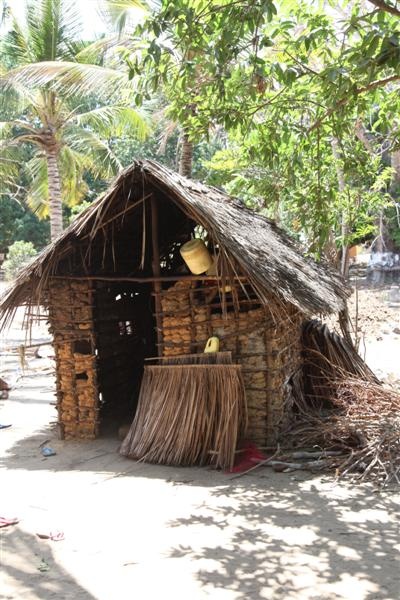
One of Gede’s many thatched huts…
The first group was Mwenzele-Nyerere wa Konde Music Club, led by Nyerere wa Konde in the Mwenzele style. Their percussion included the Lungo (broken glass shaken in a wide bowl) and the Ndema (metal rings). We have posted a set of very rough videos of each of the group’s performances on YouTube – please note these are from a single camera (we used 3) and are just a static shot. We will be doing much more interesting final videos for the DVD’s. With that warning, here is a video of The Konde Music club performing:
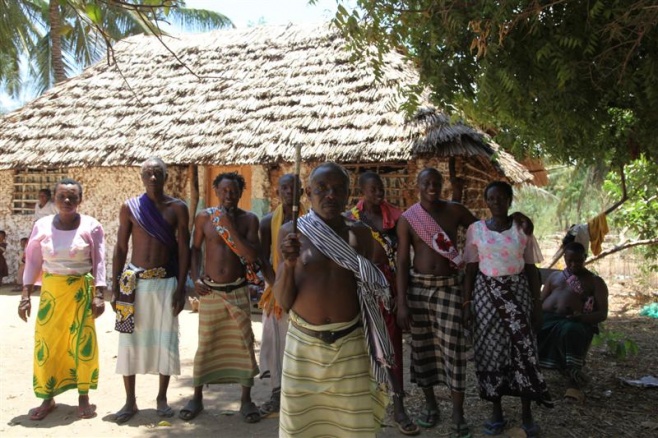
Group 1: Mwenzele-Nyerere wa Konde Music Club
We later recorded one of our first ‘Influences’ sessions with the Group Leader, his son (Baddo) and Winyo, one of the Ketebul artists who came with us. Here’s a rough un-mixed sample of their collaboration:
The second group was Zaire ndindingwa, led by Fundi bin Kalale, in the ndindingwa style. They used the filimbi (a type of whistle).
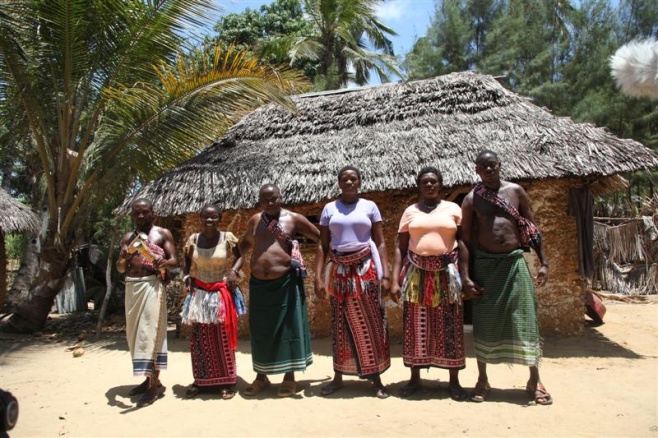
Group 2: Zaire ndindingwa
Kibarani: We recorded behind one of the long houses under two great trees, which sheltered us from the sun. Click here to read our fuller blog of this visit.
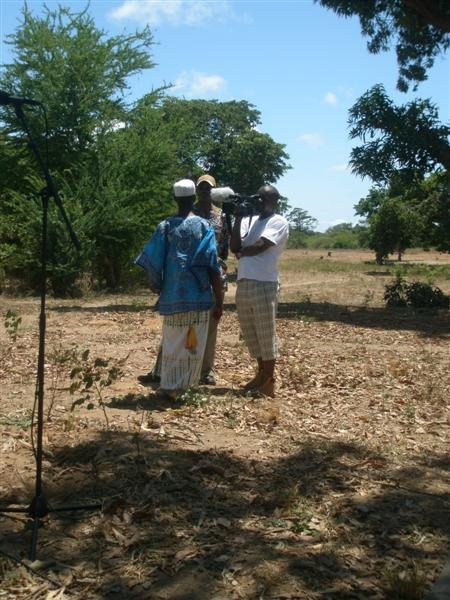
Interviewing group leaders in the village of Kibarani
The third group was Chechemeko raha, led by Bahri wa katana in the checchemeko style. They danced like crazy in the mabumbu-mbu style, with their main musician dancing wildly and playing a Gunda (a horn). By the end of their session, he was doing huge karate style kicks to the great amusement of the village.
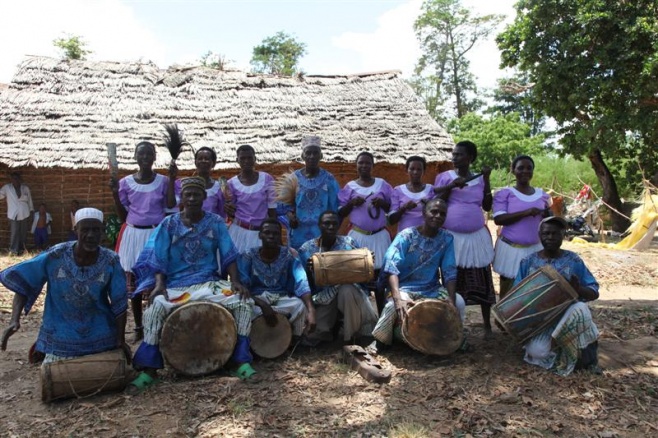
Group 3: Chechemeko raha
The fourth group was 4 the Mzinga, led by Alfonce Kazungu in the Kiringongo style. This was our first introduction to the marimba. Their lead singer was fantastic and could appear on any contemporary album.
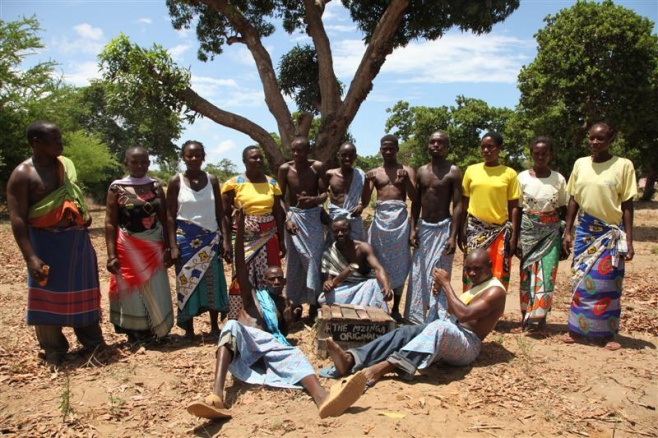
Group 4: 4 the Mzinga
Junda: We recorded in a wide dry river bed, with hundreds of people looking on having walked to the sessions or driven fast and loud motorcycles to watch us. To read a fuller blog of the sessions, click here.
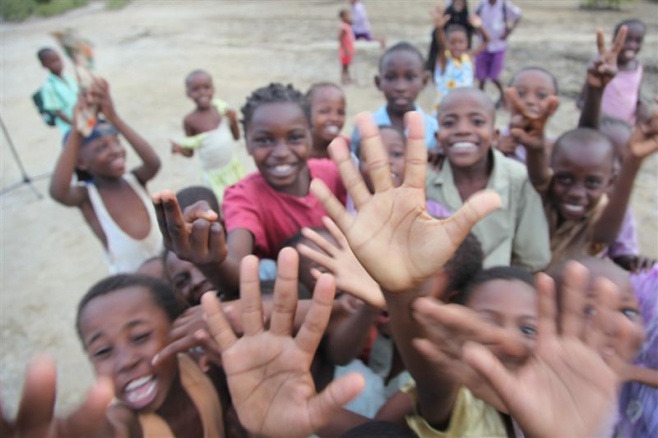
The Kids of Junda
Our fifth group was Supaki Kalaza, led by Katana bin Kalama, also in the Mwenzele style.
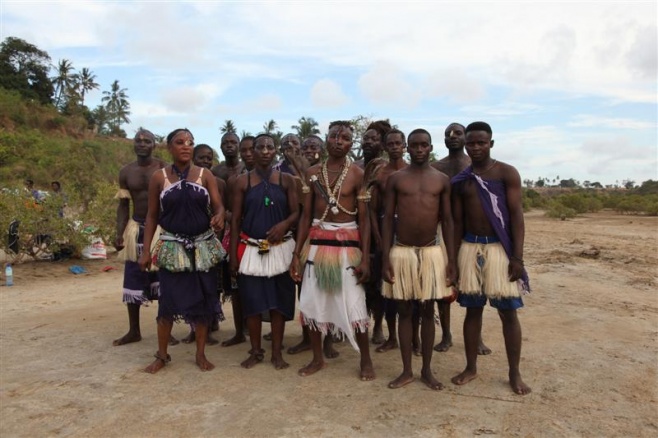
Group 5: Supaki Kalaza
Our sixth group was Sengenya, led by Munyaka Chimega in the Sengenya style which is also the dance style. They completely captivated us with joyous dancing. By the end, the river bed was filled with dozens of kids dancing with them.
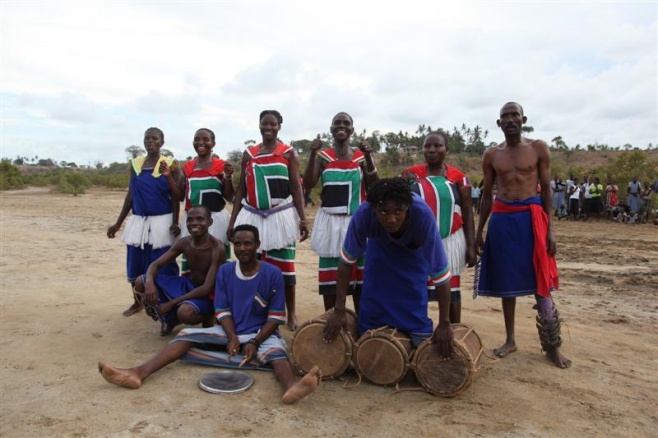
Group 6: Sengenya
Vuga Kwale County: We recorded next to the main meeting centre in the village – recording sessions captured the sounds of washing clothes and sorting grains. To read further about these sessions, click on our blog for that day, here.
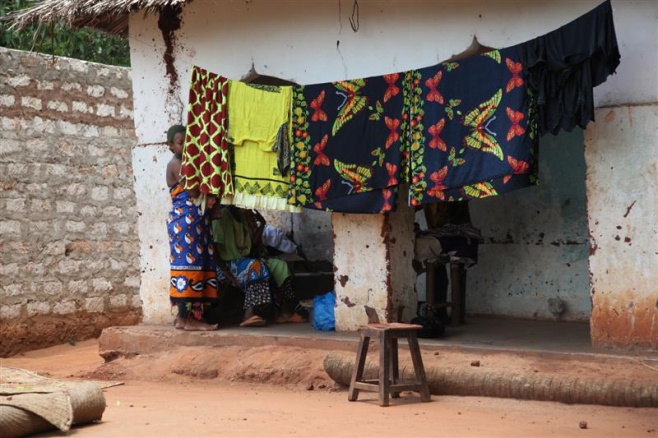
The lovely village of Vuga Kwale County, where the sounds of music compete with clothes washing and grain sorting
Our seventh group was ZigiDigi Cultural Troup, led by Matano Mwachiti, in the Zigidigi style, using the Kivolti flute.
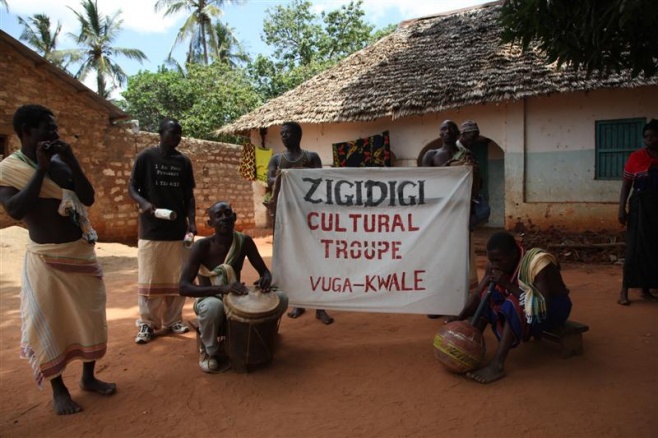
Group 7: Zigi-Digi Cultural Troup
Our final group was Muungano Kayamba, led by Futuma Ali Mwacheruve in the Kayamba style (same name as their percussion). They performed the Mavuno, or Harvest Dance. This involved lots of props, including a baby doll and some great percussion that inspired us to build a percussion archive along with the song archive.
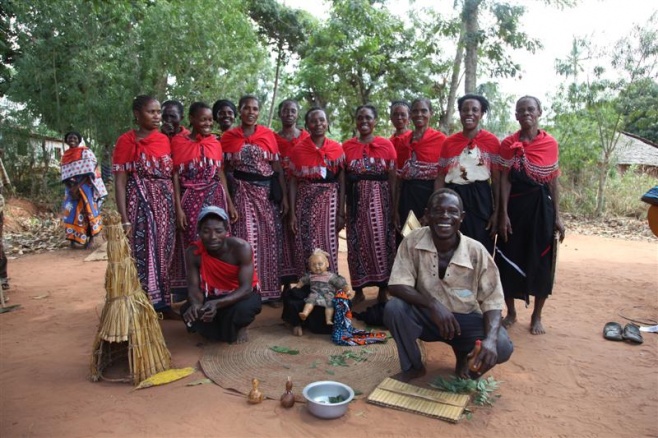
Group 8: Muungano Kayamba
From these sessions, we recorded about 24 songs and are working now to convert these into a CD, DVD and archive. We were very pleased with the quality of the recording equipment and how well the mobile studio worked in the field off a generator. The reaction of the groups and villagers confirmed that it is far better to ‘go to the music’ then try to bring all these talented musicians 900 kms to Nairobi. In addition, we confirmed that Ketebul absolutely has the right set of sound and video engineers to lead these sessions in the future – they have all now been fully trained and have already begun to record sessions on their own. They will be leading the November sessions. If you are interested in the Ketebul’s team’s views of the sessions click on any of these links: Tabu, CEO of Ketebul Music; Maddo, Chairman of Ketebul Music; Steve, Project Manager of Singing Wells; Pato, head of film-making and Willie, Sound Engineer.
Next Steps
We now are working hard on Phase Three, archiving all of the output from the March sessions and preparing multi-media access through online distribution and CD’s/DVD’s. In addition, we are now raising funds for the November Sessions. Funds will be used for three primary things: a) preparation of mobile video kits to complement our audio recording, b) funding the recording sessions themselves, which involves 2 sound enginers, 2 video engineers, 1 local logistics expert, 2 trainees to learn mobile recording and 2 artists to develop the influences sessions and c) to upgrade archiving hardware and software and to fully training the Singing Wells team (and future trainees) in archiving. We are seeking funds from NGO’s, Corporate and Individual Sponsors and will work with sponsors to develop Phase Three in a way that achieves the Singing Wells objectives and serve sponsors’ fund raising requirements.
Jimmy
May 2011, London
